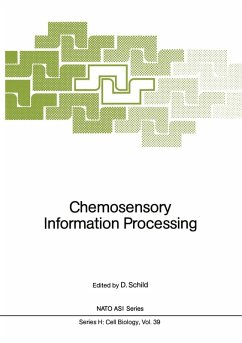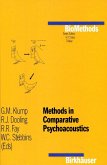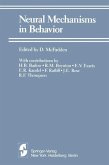In July 1989 a symposium was held at the Physiology Department of the Georg August University, G6ttingen, on the physiological, biophysical, biochemical, and technical principles of the coding of chemical substances both in nervous systems and artificial devices. This book is the collection of the papers presented at that meeting. Biological and artificial systems for odor coding both have in common that the stimulus selectivity of the receptor cells (sensors) is usually very poor, and the mechanisms which determine selectivity and sensitivity are largely unknown. However, a poor selectivity allows the coding of an enormous number of stimuli by combinations of receptor activities. In the field of chemosensory information coding there are thus two major problems: the function of the receptors and the network that processes and evaluates the primary information of the sensors. Accordingly, this volume has three parts: sensors, the network following the sensors, and the coding in this network. The expert secretarial assistance of M. Holtmann in preparing the camera-ready manuscript is gratefully acknowledged. D. Schild G6ttingen, August 1989 CONTENTS l. Response of olfactory receptor cells, isolated and in situ, to low concentrations of odorants 1 Stephan Frings, Bernd Lindemann 2. Excitation and adaptation of frog olfactory receptor neurones upon stimulation with second messengers and natural odorants 9 D. Schild, J. A. DeSimone, S. Hellwig 3. Receptor selectivity and dimensionality of odours at the stage of the olfactory receptor cells 21 GiJJes Sicard 4.
Dieser Download kann aus rechtlichen Gründen nur mit Rechnungsadresse in A, B, BG, CY, CZ, D, DK, EW, E, FIN, F, GR, HR, H, IRL, I, LT, L, LR, M, NL, PL, P, R, S, SLO, SK ausgeliefert werden.









